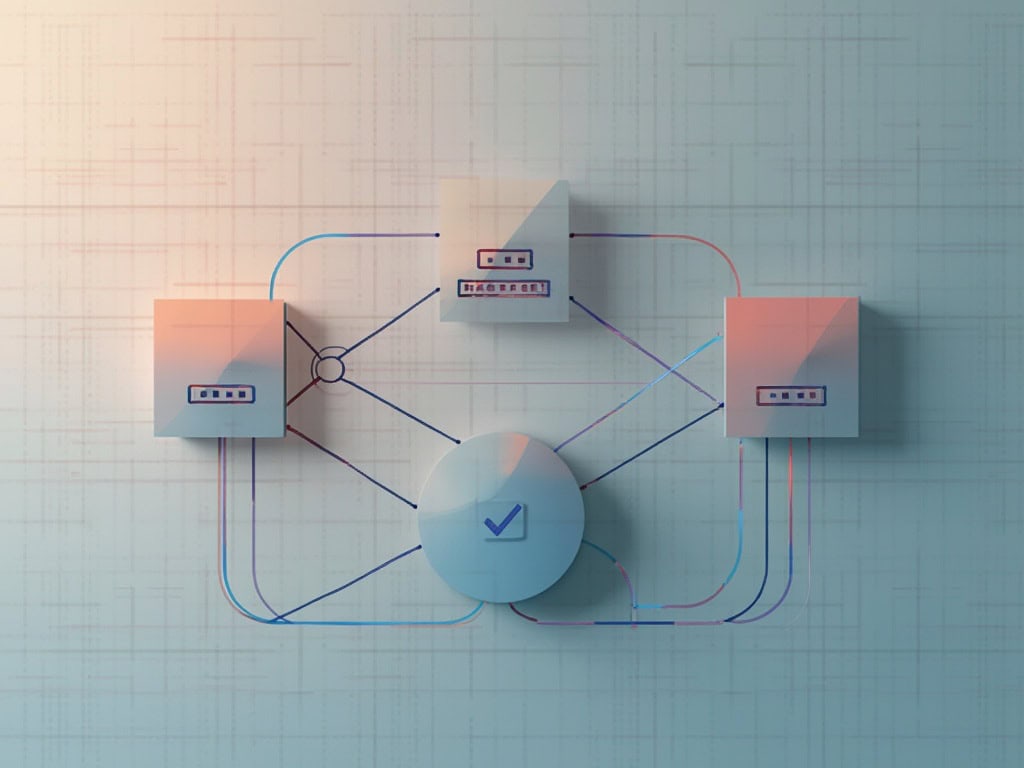Google Simplifies HTTP Status Code Requirements: Key Insights for Effective SEO Implementation

Google Simplifies HTTP Status Code Requirements for SEO Success
Google's Search Relations team has unveiled a streamlined approach to HTTP status codes, highlighting that many technical SEO implementation strategies for website design around status codes may be unnecessarily complex. During a recent "Search Off the Record" podcast, Google experts Gary Illyes and Martin Splitt shared critical insights about which status codes actually matter for search optimization.
This revelation challenges common SEO practices and could significantly impact how websites handle technical implementations. For businesses struggling with visibility, understanding these changes is crucial for improving your website's visibility in Google search results.
Understanding Google's Priority Status Codes
Google's approach to HTTP status codes is more straightforward than many SEO professionals previously believed. The search engine primarily focuses on two key aspects:
Permanent versus temporary redirects are the main distinction Google cares about, rather than specific redirect codes (301, 302, 307, or 308). The search engine simply recognizes whether a redirect is permanent or temporary for canonicalization purposes.
The 1xx status codes, including newer features like "early hints" (HTTP 103), are completely ignored by Google's crawlers. As Illyes explained, "We are going to pass through [1xx status codes] anyway without even noticing."
Technical Implementation and Security Considerations
Network errors appearing in Search Console often require deeper investigation than simply reviewing HTTP status codes. These issues frequently originate in lower-level protocols such as TCP, UDP, or DNS, requiring a more comprehensive technical approach to resolution. Implementing proper SSL certificates for secure website connections remains crucial for maintaining trust and search rankings.
Critical Status Codes for SEO
- 200 OK responses continue to be fundamental
- 500-level server errors still impact crawling and indexing
- 429 Too Many Requests affects rate limiting
Practical Applications for SEO Professionals
This new information can be applied in several ways:
-
Simplify redirect strategies by focusing on permanent versus temporary distinctions rather than specific code numbers
-
Avoid spending resources optimizing 1xx responses for SEO purposes
-
Investigate deeper technical layers when troubleshooting network errors in Search Console
For additional technical insights on HTTP status codes, you can refer to the Mozilla Developer Network's comprehensive guide.
The clarification from Google's team should help SEO professionals streamline their technical implementations while maintaining effective optimization strategies. As web technologies continue to evolve with HTTP/3 and QUIC, understanding Google's actual requirements becomes increasingly valuable for maintaining efficient SEO practices.

